In the News
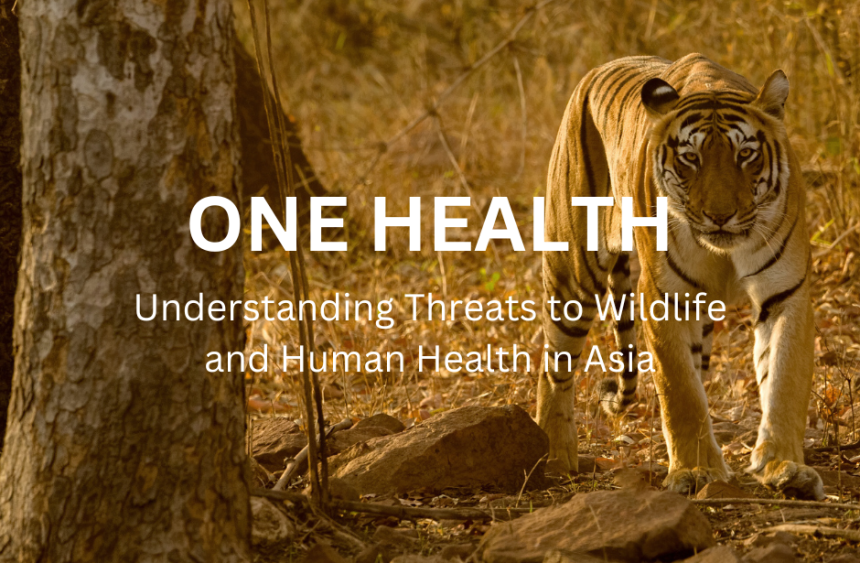
Video
April 12, 2024
In this eCornell keynote presentation, Dr. Martin Gilbert, Helen Lee, and Laura Bernert from the Cornell K. Lisa Yang Center for Wildlife Health share their fieldwork experiences in Asia and help illustrate how the health of wildlife and our own health and well-being are inextricably linked.

February 14, 2024
Cornell University’s College of Veterinary Medicine announced a gift of $35 million to support the Cornell Wildlife Health Center, which has been renamed to the Cornell K. Lisa Yang Center for Wildlife Health in recognition of the scale of commitment to planetary health from the donor, Lisa Yang.
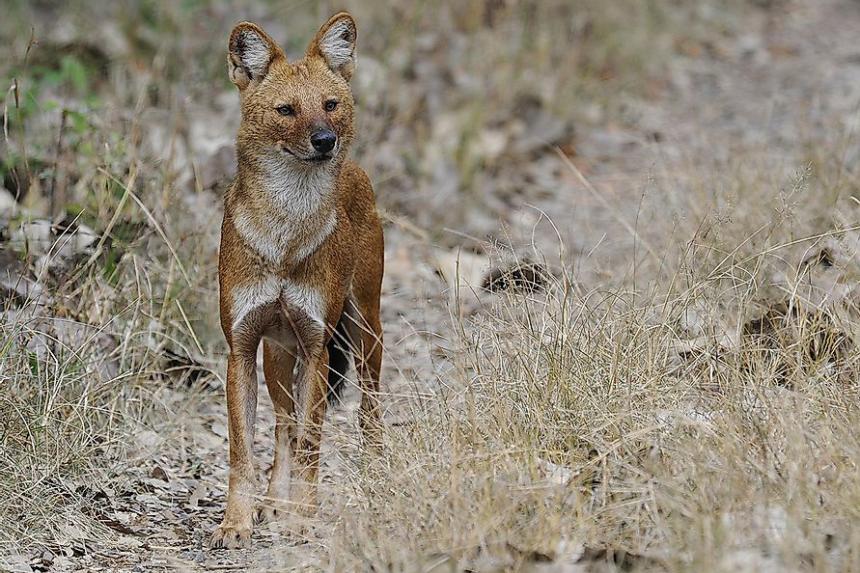
For Your Information
February 07, 2024
The endangered dhole is a medium-sized canid that was historically distributed widely across East, Central, South and Southeast Asia. This latest study shows signs of population recovery in various areas of Nepal and highlights the challenges they continue to face.

January 30, 2024
A transformational gift from philanthropist and Cornell alumna K. Lisa Yang ’74 will endow and rename the Cornell Wildlife Health Center as the Cornell K. Lisa Yang Center for Wildlife Health at the College of Veterinary Medicine.
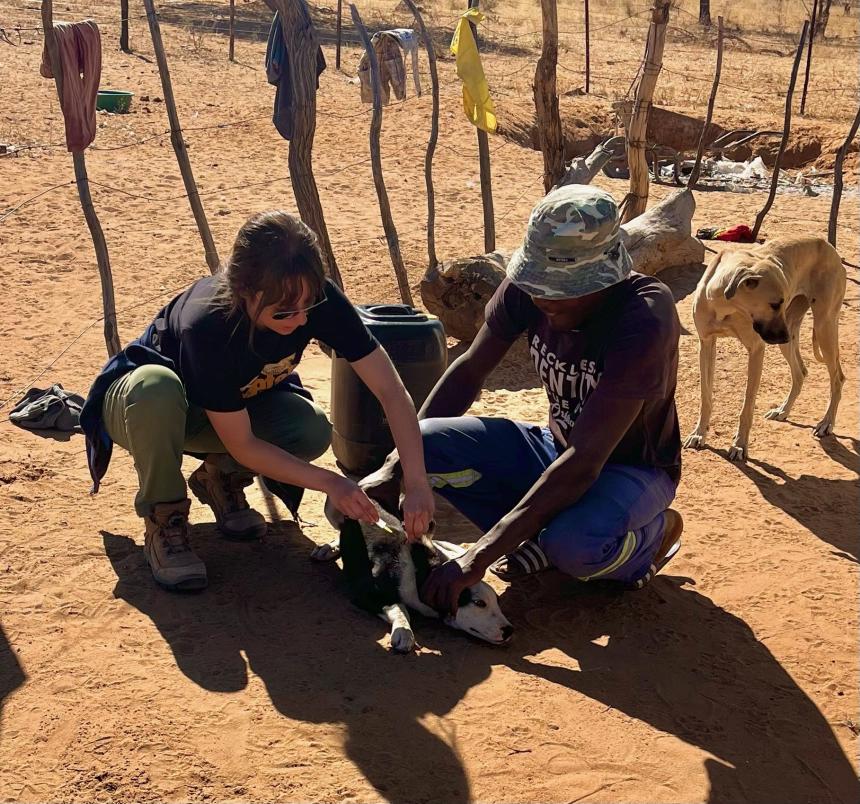
December 20, 2023
On an early Saturday morning in late September 2021, I was half-awake when I logged in to attend the virtual Veterinary One Health Association Symposium. The first presenter was Dr. Laurie Marker, who I then learned was the Founder and Executive Director of the Cheetah Conservation Fund (CCF)....
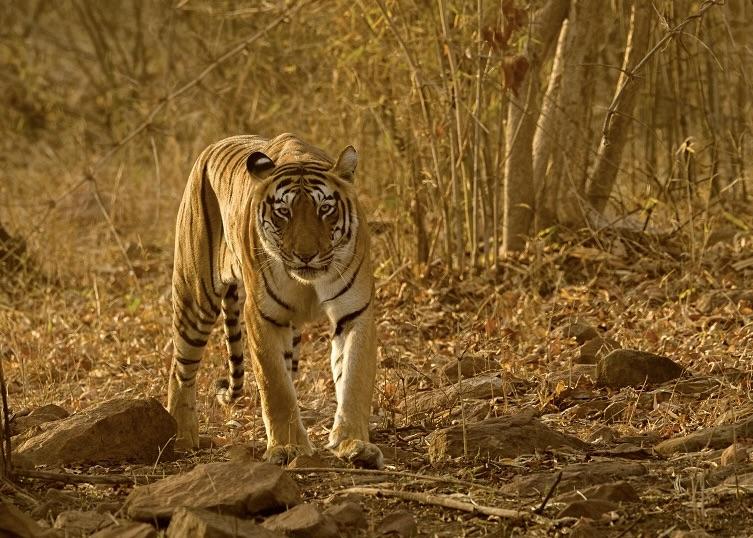
October 20, 2023
Dr. Martin Gilbert, our wild carnivore health specialist, reflects on his decades-long research into canine distemper virus in endangered wild tigers, from the Russian Far East to Southeast Asia, and the valuable partnerships he has developed to help implement disease surveillance systems to monitor wild tiger health.
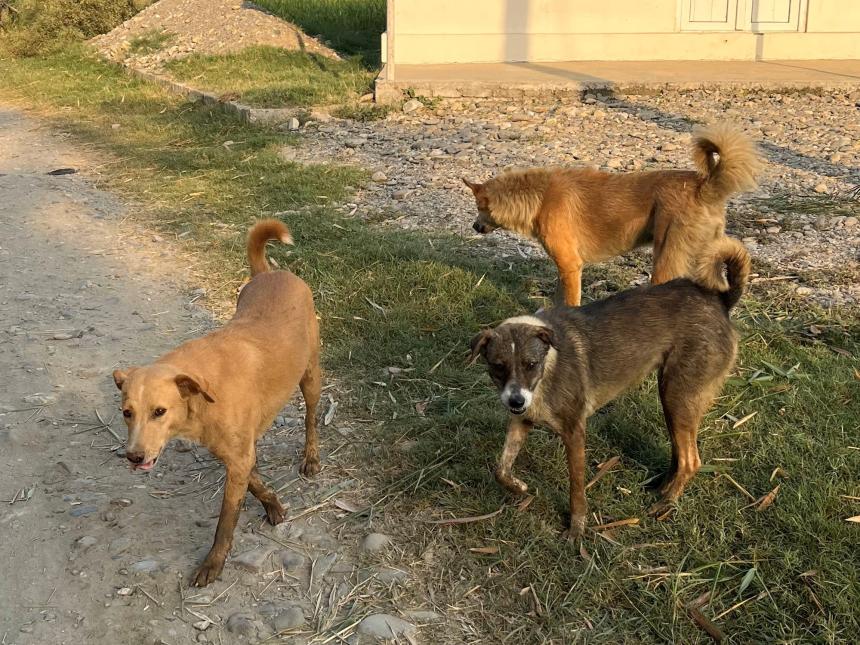
September 13, 2023
It was 5:30 am and I was already sweating when I stepped out of my wooden sleeping hut and into the steamy dawn at Nepal’s Chitwan National Park. It was already 85°F but would reach 105°F before noon. I was up before the sun to complete my summer intern research project - a census of free-roaming domestic dogs in the park’s buffer zone....
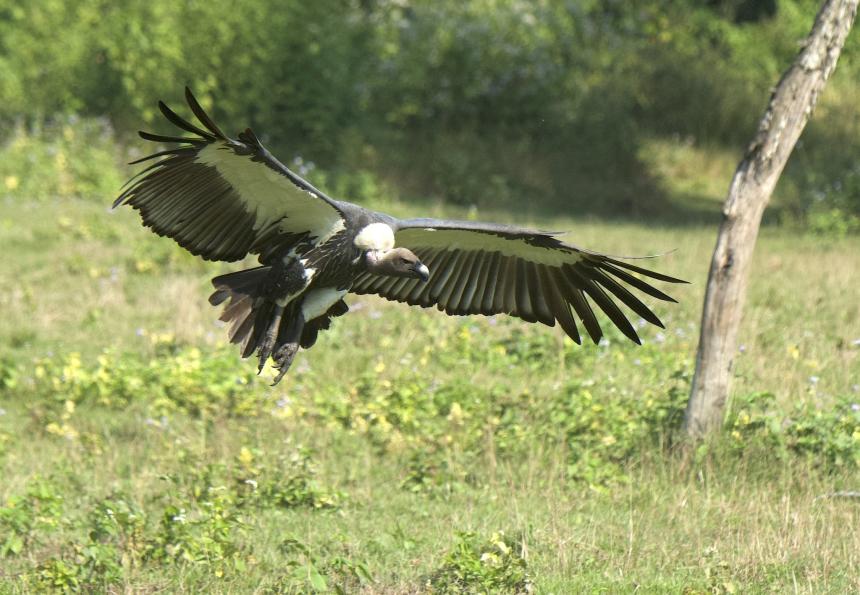
Podcast
September 05, 2023
Cornell's Dr. Martin Gilbert was interviewed for a Youth Geographic Association podcast about his journey into vulture conservation and ecology in Asia and Africa alongside his revolutionary research that tackled vulture population declines to help promote their recovery.
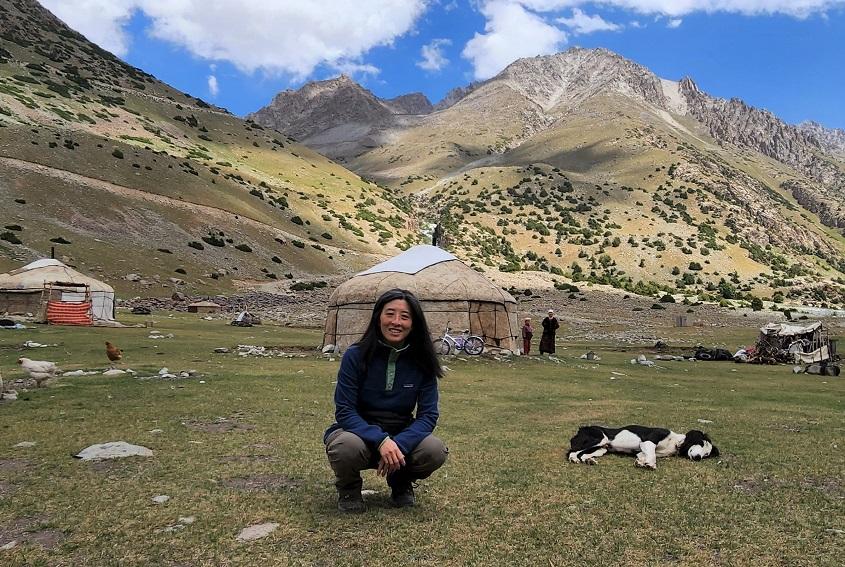
August 09, 2023
Helen Lee, assistant director of wildlife health and health policy at the College of Veterinary Medicine, talks about the many different responsibilities of her role and the journey that led her back to Cornell where she feels her work is making a difference for wildlife and conservation.

August 01, 2023
Cheetahs have long been my favorite animal, so it is no surprise that in March of 2023, I embarked on a 49-hour journey to the country with the largest population of cheetahs. I have wanted to work with cheetahs since I was five years old....
